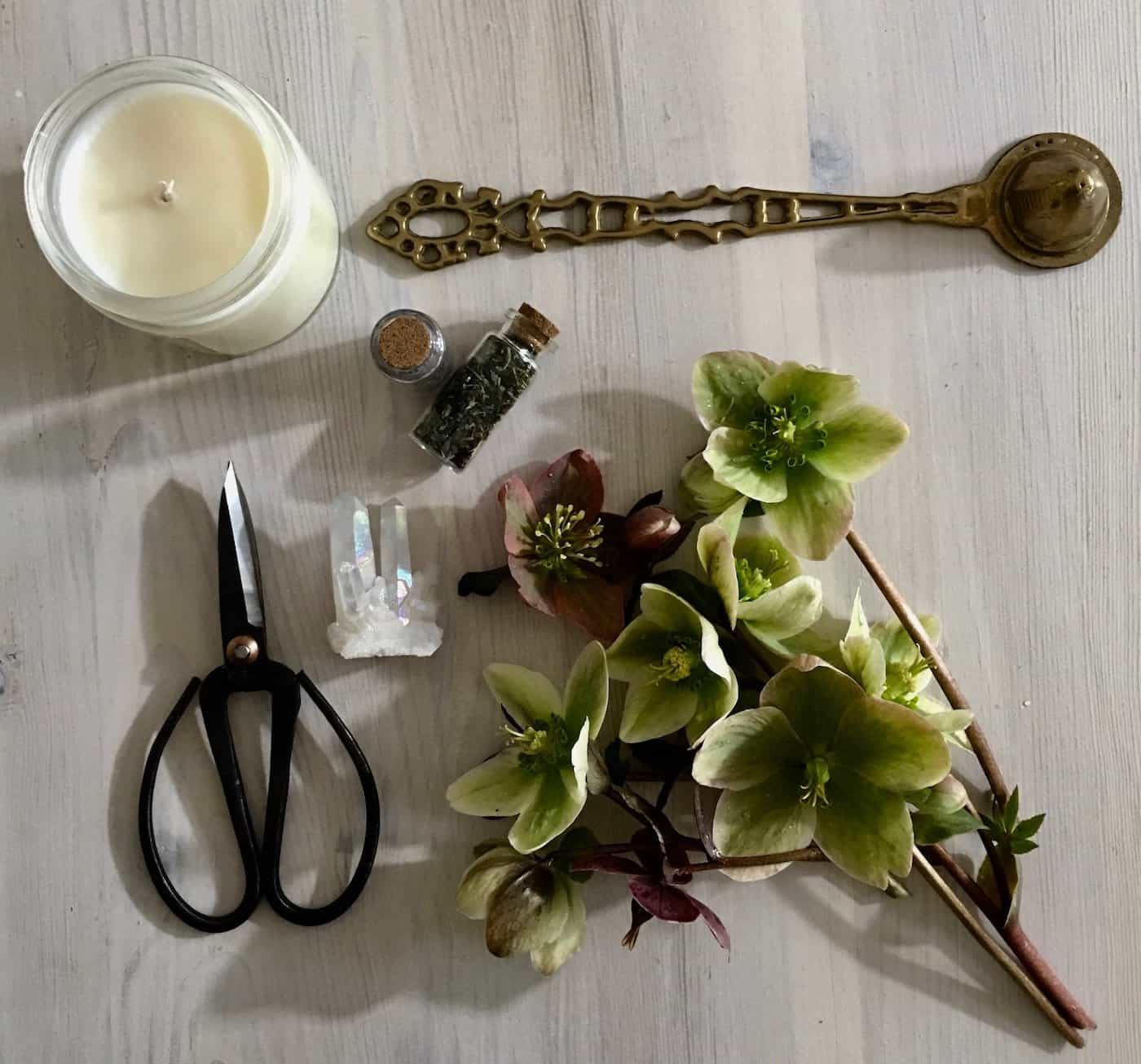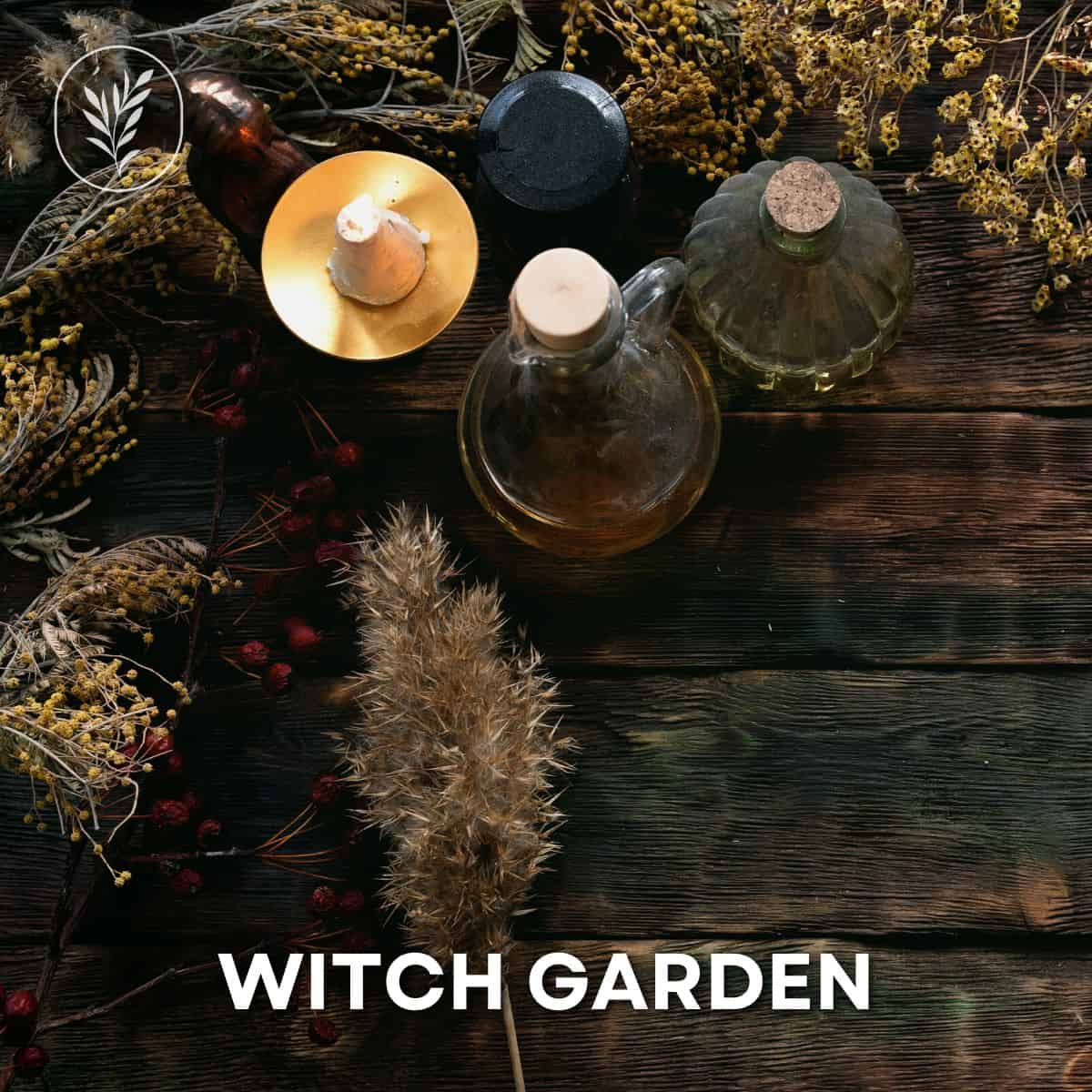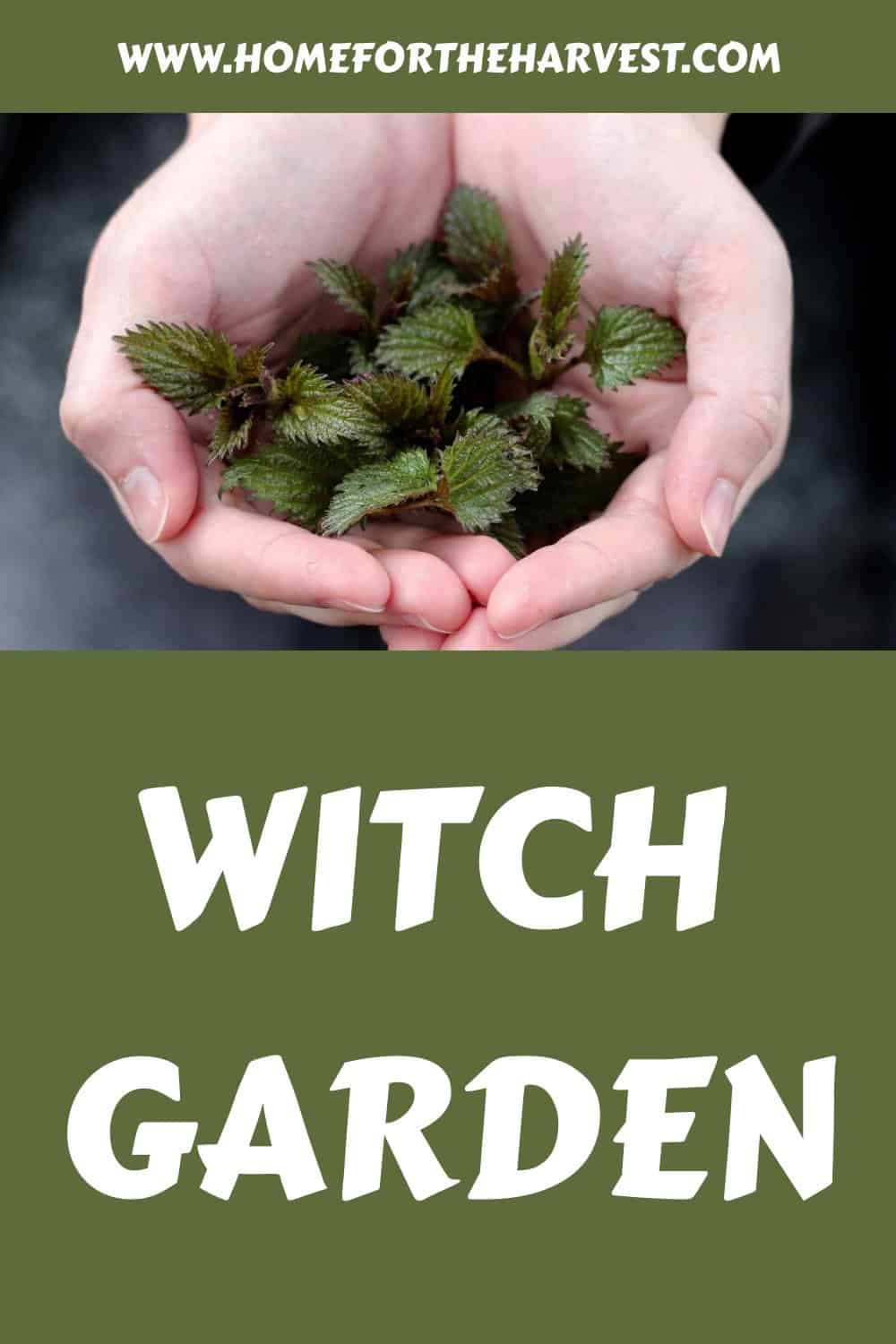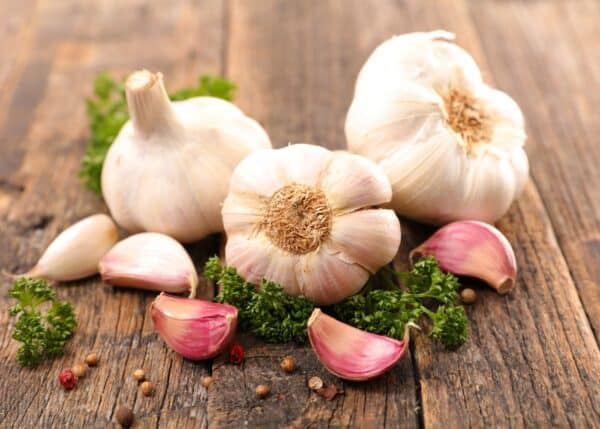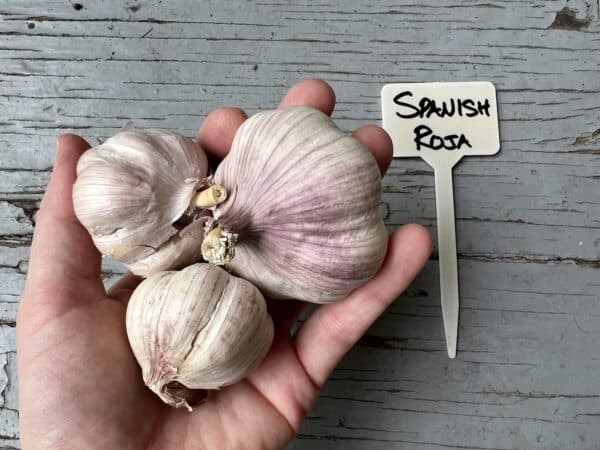Ready to create a witch garden for your very own? Ooooh is it ever time to cultivate some plant magick! Let’s get started on exactly how to go about nurturing sanctuary among the trees, flowers, and herbs that support our life on this Earth.
Recently I’ve been thinking of our witchy ancestors and their legendary witch’s gardens. I love learning about the hedge witches and herbalists who grew and used herbs in centuries gone by. Here’s how to bring some of those ancient witchy vibes into your own witch’s garden!
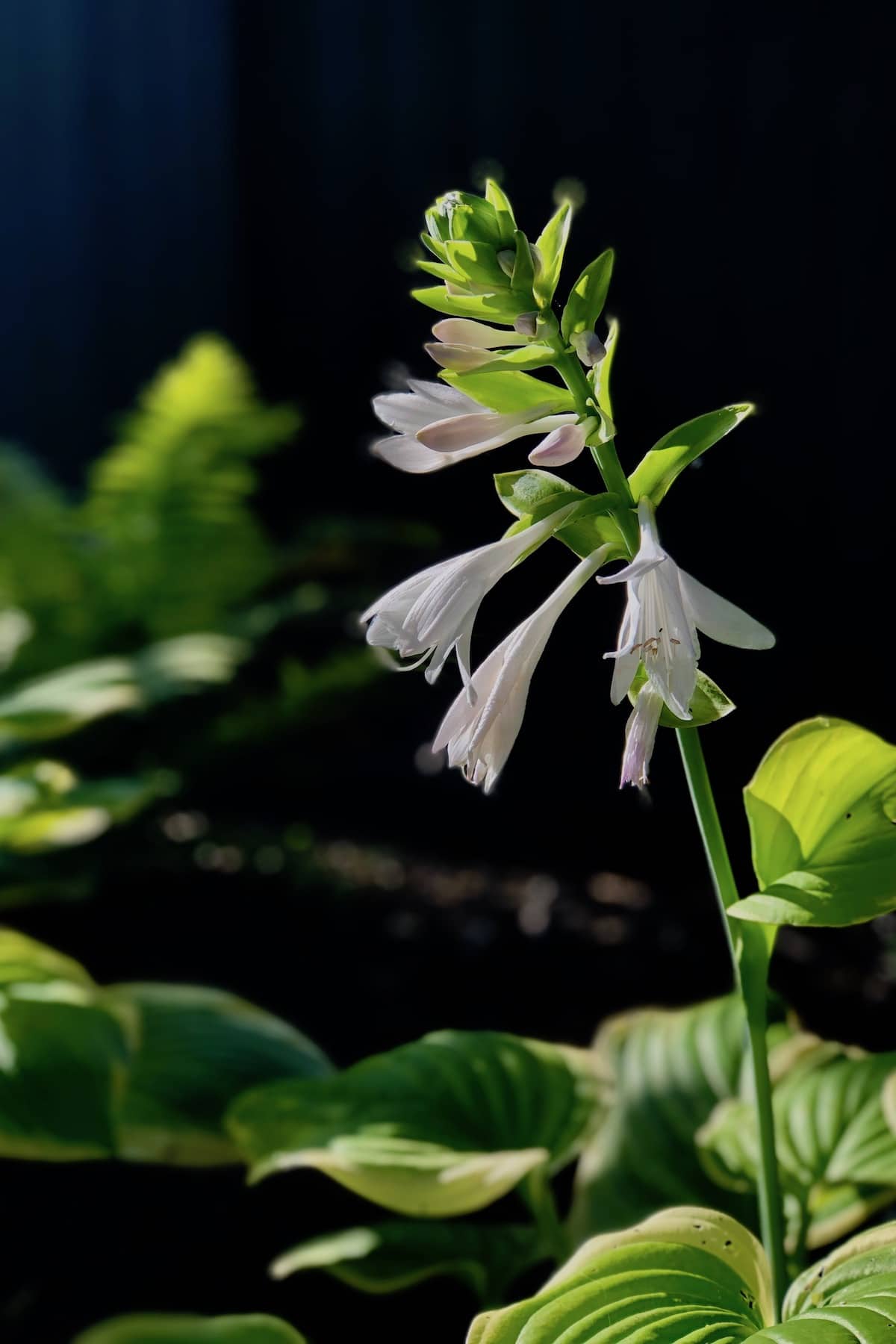
Why gardening is so witchy?
Growing, observing, and working with plants is generally a very witchy thing to do. There is something magical about communing with nature. Connecting with plants and learning to understand them underlies many historical uses. There is incredible value in connecting with nature, whether or not you’ve got a witch’s garden.
If you’re feeling a bit witchy these days, you may want to consider learning a bit more about how plants grow. You don’t have to stick to a conventional vegetable garden or herb garden either. How about planning and planting your own unique witch garden…full of the herbs and flowers that interest you!? Let’s get started.
10 ways to create a witch garden
Here are ten simple ways to create a witch garden and to connect with Mother Nature in your yard, on your patio, or even on the windowsill. Whether you’re a beginner gardener or a total plant geek, try at least a few of these witch garden ideas to get started!
Each step includes a detailed description as well as a list of resources where you can find more support.

1. Observe and learn from Mother Nature
Before starting your witch’s garden, take time to learn from nature. Observing and learning from nature is incredibly powerful and incredibly calming at the same time. There are very few ways to spend your time that combine those two feelings in quite the same way. There is something about the way that people connect with plant culture that makes the experience magical.
Find a relatively undisturbed area of nature where you can observe the natural goings-on of the environment. If you’re in the woods, make note of the way the air feels under the foliage canopy. Look closely at the foliage and the soil. Soak up the overall feeling.
The whole place will seem alive and vibrant, even in near-silence. Meditating in nature or simply pausing to enjoy it will help you connect and commune with the incredible energy that it exudes. Carry these vibes into your witch’s garden as you create it!
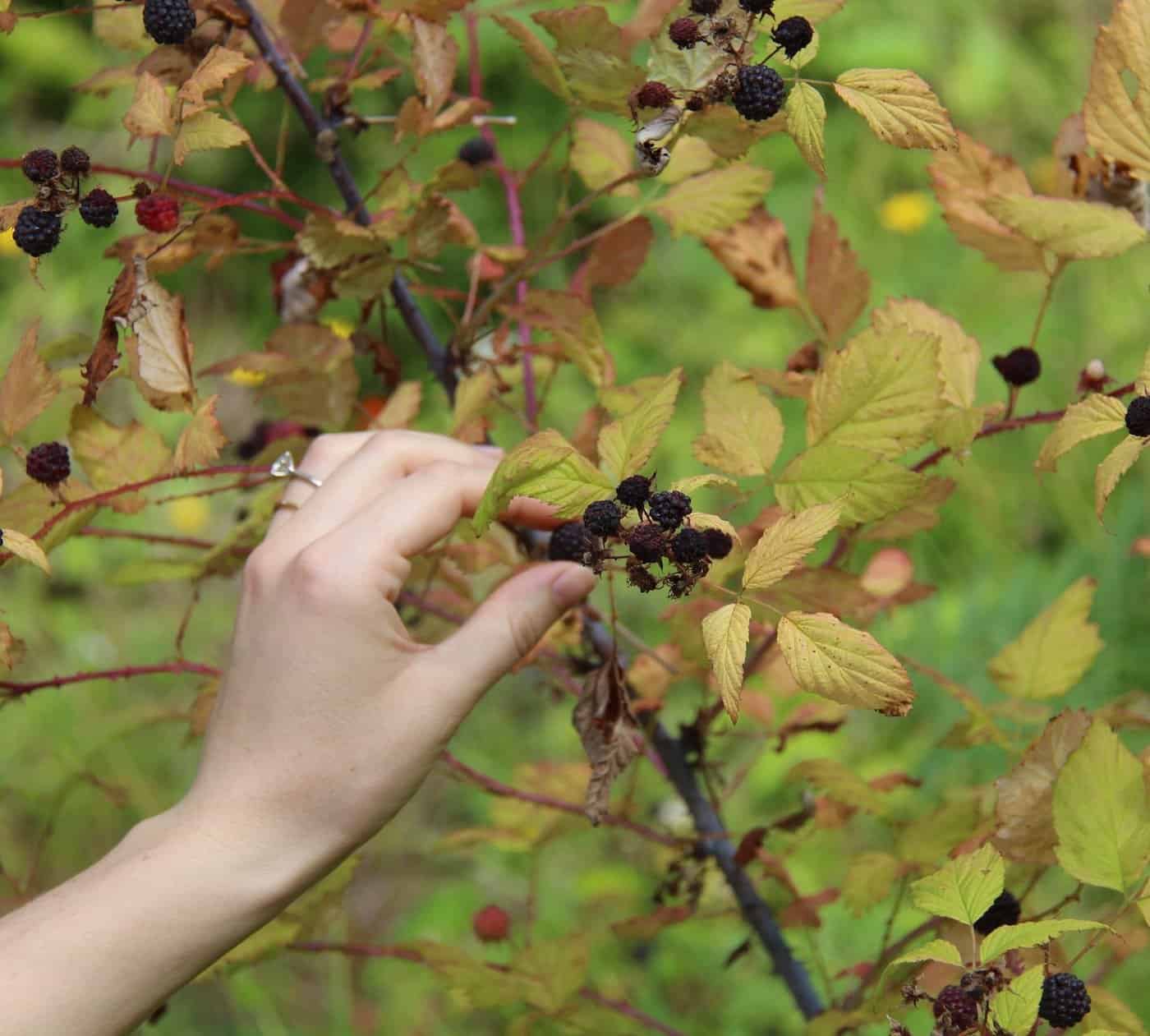
2. Learn to forage and wildcraft
Another way to connect with nature in preparation for your witchy garden is to see what’s already thriving out in the wilderness where you live. Getting to know the plants that are happy to live in your local ecosystem is a key step in planning your witch garden.
Think about the things that you already use in your day-to-day life and research what is available in your area to forage and wildcraft. If you’re not experienced with foraging local edibles, stick to non-edibles until you can take a course from a local forager or wildcrafting expert. Foraging guidebooks are a great way to start learning about local plants while you prepare for a foraging course.
Local indigenous groups can be another wonderful source of information for wild plants in your area. Check the library to see if there are any local plant books available or see if the local band hosts traditional food or medicine workshops. This info will be specifically tailored to your local area and will be full of helpful gems of information.
In our area, I love to forage for moss for my floral arrangements and terrariums. I also like to collect little bits like flower seeds to bring back home and observe and grow. If you’re foraging off your property, be sure to get prior permission from the landowner or public authority.
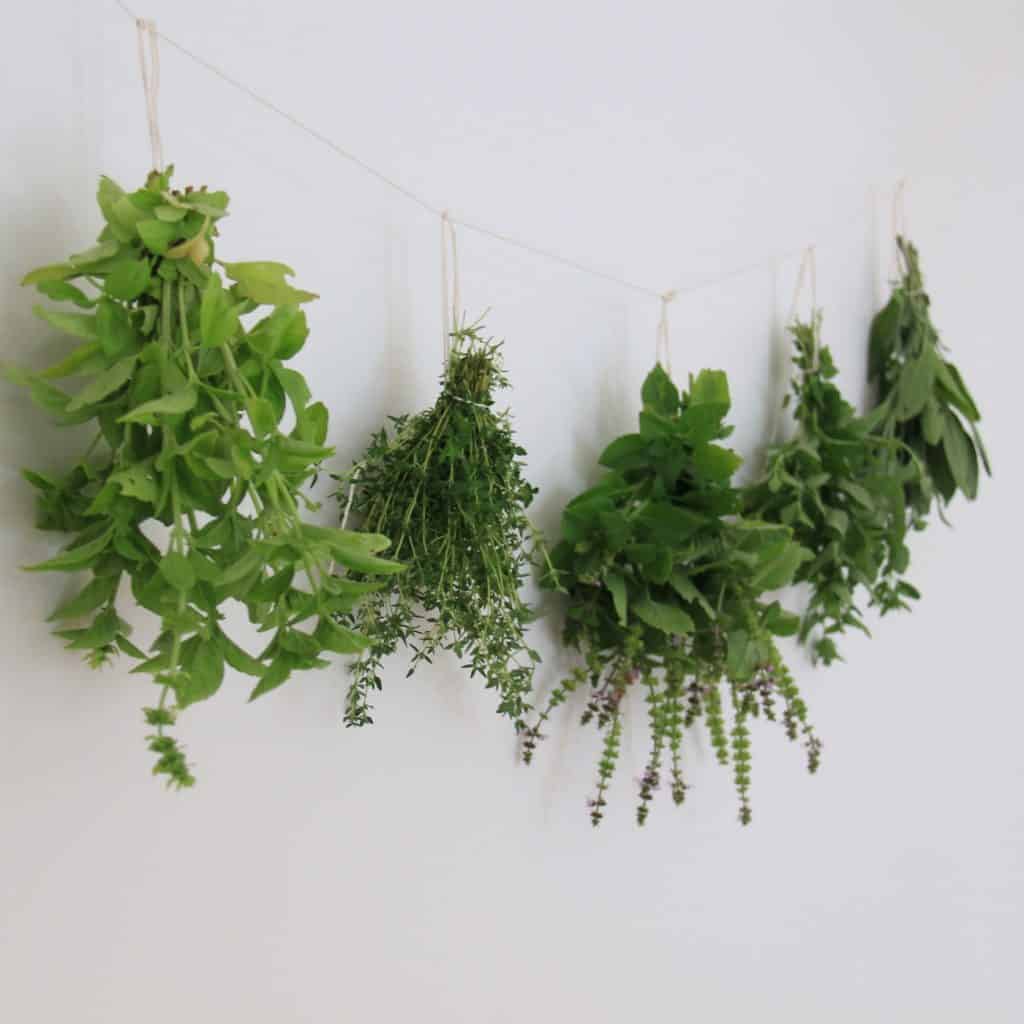
3. Plant witch herbs and flowers
Once you’ve taken some time to observe nature, it’s time to pick out some plants to grow in your witch garden. Culinary witch herbs and flowers are a great way to start your garden because they’re generally easy to find and grow. It’s also safer to grow mainstream culinary herbs and edible flowers before you delve into some of the lesser-known and potentially poisonous witchy plants in the next section.
Here are a few great edible culinary witch herbs to try out. Make sure you do your research when buying your seeds or plants to ensure the plant/variety you’re getting is indeed edible.
- Sage
- Mint
- Rosemary
- Chives
- Thyme
Here is a giant list of culinary herbs to grow at home.
Further info about witchy herb gardening can be found in Rosemary Gladstar’s book. Her book is extremely useful – even if you don’t know anything about growing herbs or using them yet.
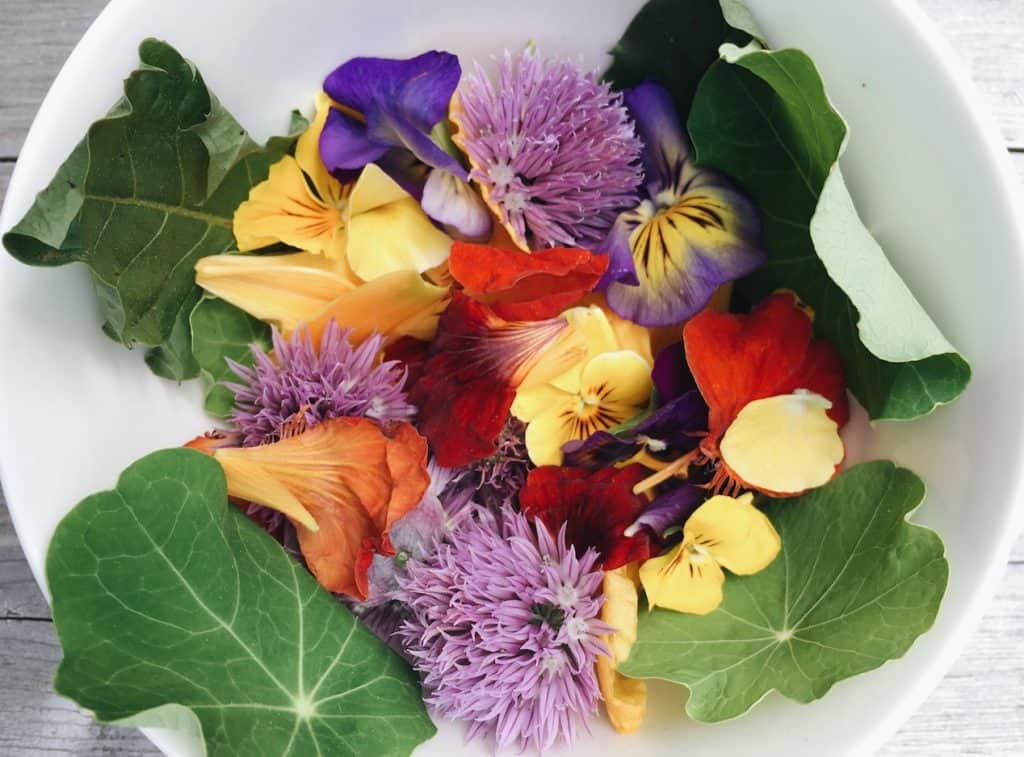
Edible flowers are also such a pleasure to grow in your witch garden. These beauties are a feast for the eyes as well as the soul.
I want flowers everywhere! I want to dance in the flowers and have them all around me :) …they are so beautiful to be around…
I put a mix of culinary edible flowers in my salads and gorgeously garnish other meals. They’re too pretty not to enjoy.
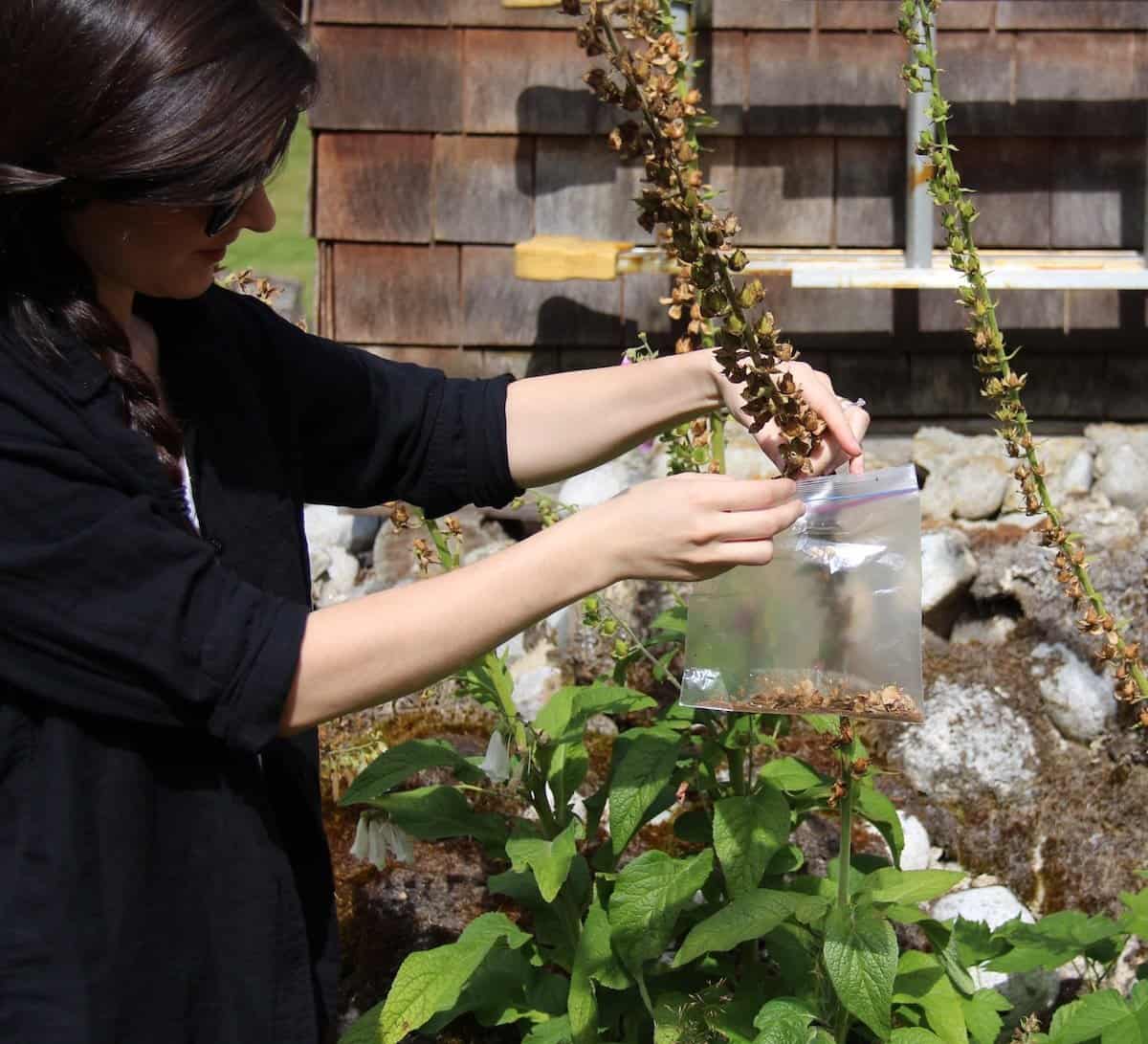
4. Grow witchy plants
Before I start this section, I should note that I’m not a trained herbalist. If you’re wanting to learn more about herbalism, I recommend these online courses as a wonderful place to start. You can also check out this digital herbarium.
Don’t try and eat or use any plants without researching the exact variety and checking with a trained professional. Some of the plants that are considered “witchy plants” are most certainly poisonous!
Research the toxicity of each plant you consider for your witch garden prior to planting. If planting poisonous plants, take appropriate measures to protect kids, pets, and onlookers from your witchy garden. Additionally, if planting both edible witch herbs and poisonous plants, ensure the edibles are clearly separated from the toxic plants and are clearly labeled to avoid any confusion.
The plants listed below can be considered to be witchy for one reason or another. Growing a plant simply because it’s “witchy” isn’t the greatest reason to add it to your garden. Choose the plants that you naturally connect with, use regularly, or are interested in. If you need a little inspiration when choosing your witchy plants, check out these witchy garden ideas on Pinterest.
A Few Witchy Plants (Many of Which Are Poisonous):
- Nettle
- Yarrow
- Calendula
- Comfrey
- Monkshood (Wolf’s Bane)
- Foxglove
- Heather
- Poppy
- Nightshades
- Henbane
- Belladonna
- Mandrake
- Hellebores
The best example of some of these plants that I’ve seen is The Poison Garden in Alnwick, UK. If you’re ever in the northeastern part of England, it is most certainly worth the visit. The whole garden is certainly magickal… but the gated poisonous section is most intriguing!
When planning your own witch’s garden, check the bloom and harvest times for various plants. Some gardeners try to pick a variety of plants that will be interesting at different times throughout the year. Planning your plants so that something is always blooming is a great way to keep visual interest while also supporting pollinator species. Other gardeners try to plan it out so everything can be harvested at once. To each her own!
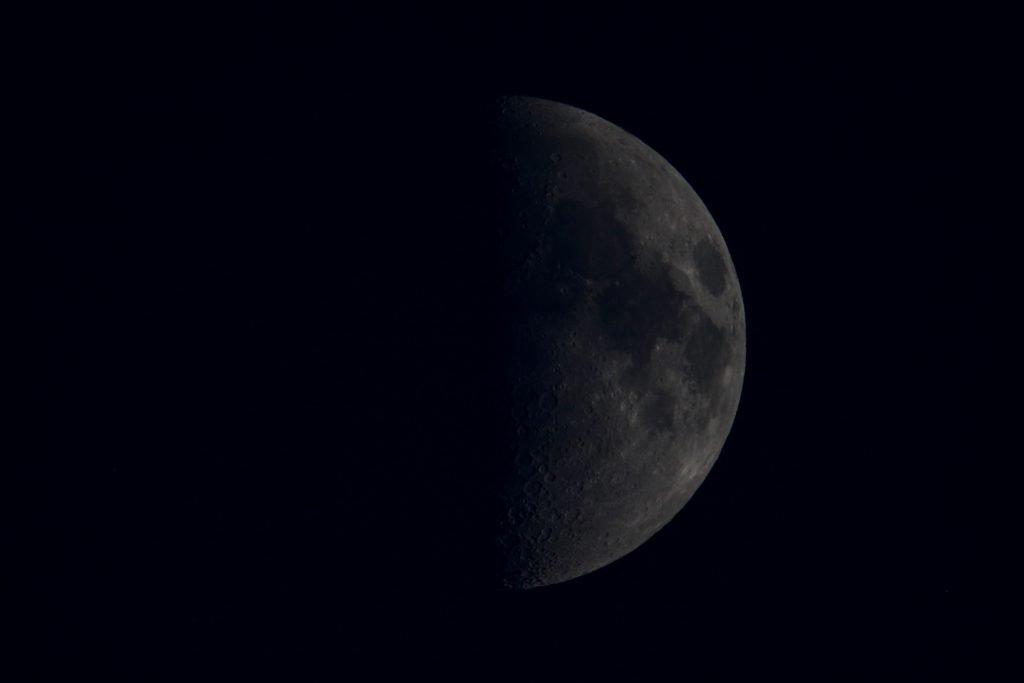
5. Align your garden with the moon cycle
Once you’ve selected some herbs or other witchy plants to grow in your witch garden, it’s time to make a garden calendar. Many witchy gardeners choose to plant by the moon’s cycles. This involves planting seeds of different types during different phases (and even different Zodiac signs if you’re into that).
I wrote a detailed article about how to garden by the moon a few weeks ago. Check it out for instructions about how to schedule your plants in alignment with the moon’s phases. It ranges from simply aligning your crops with the waxing and waning of the moon to full-on biodynamic gardening.
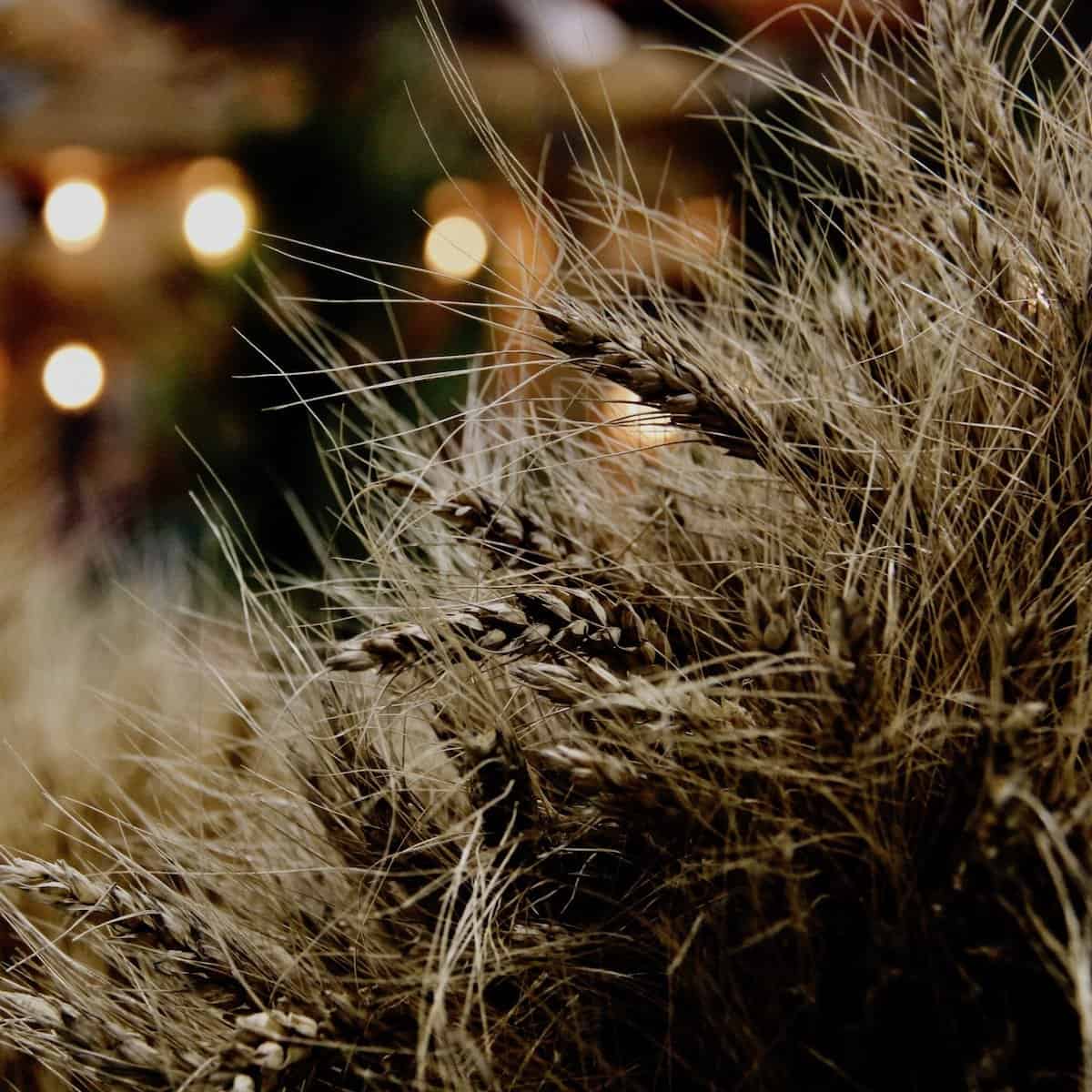
6. Harvest from your garden in the moonlight
Speaking of the moon, another witchy practice to bring to your garden is to harvest herbs by moonlight. In general, herbs are collected in the morning before the heat of the day but after the morning dew has dried. If, however, you’re looking to add in some extra witchy feels, try harvesting (and preparing) your witch herbs by moonlight.
Find a pretty witch garden harvest basket or bowl and head outside on a dry evening or early morning. Bring some illumination with you so you can safely see what you’re doing. Enjoy the silence of the evening and the moonlight on the plants. It will likely feel much more magical than picking herbs mid-day!
If harvesting in the moonlight doesn’t feel like your jam (or isn’t safe for one reason or another), another thing you can do is to leave your watering can out overnight. Folklore indicates that the moonlight charges the water (especially on the full moon). I always leave my watering can full of water at the end of the day anyways because the chlorine in the tap water will off-gas and the water will come to air temperature by the next day (which plants prefer to icy tap water).
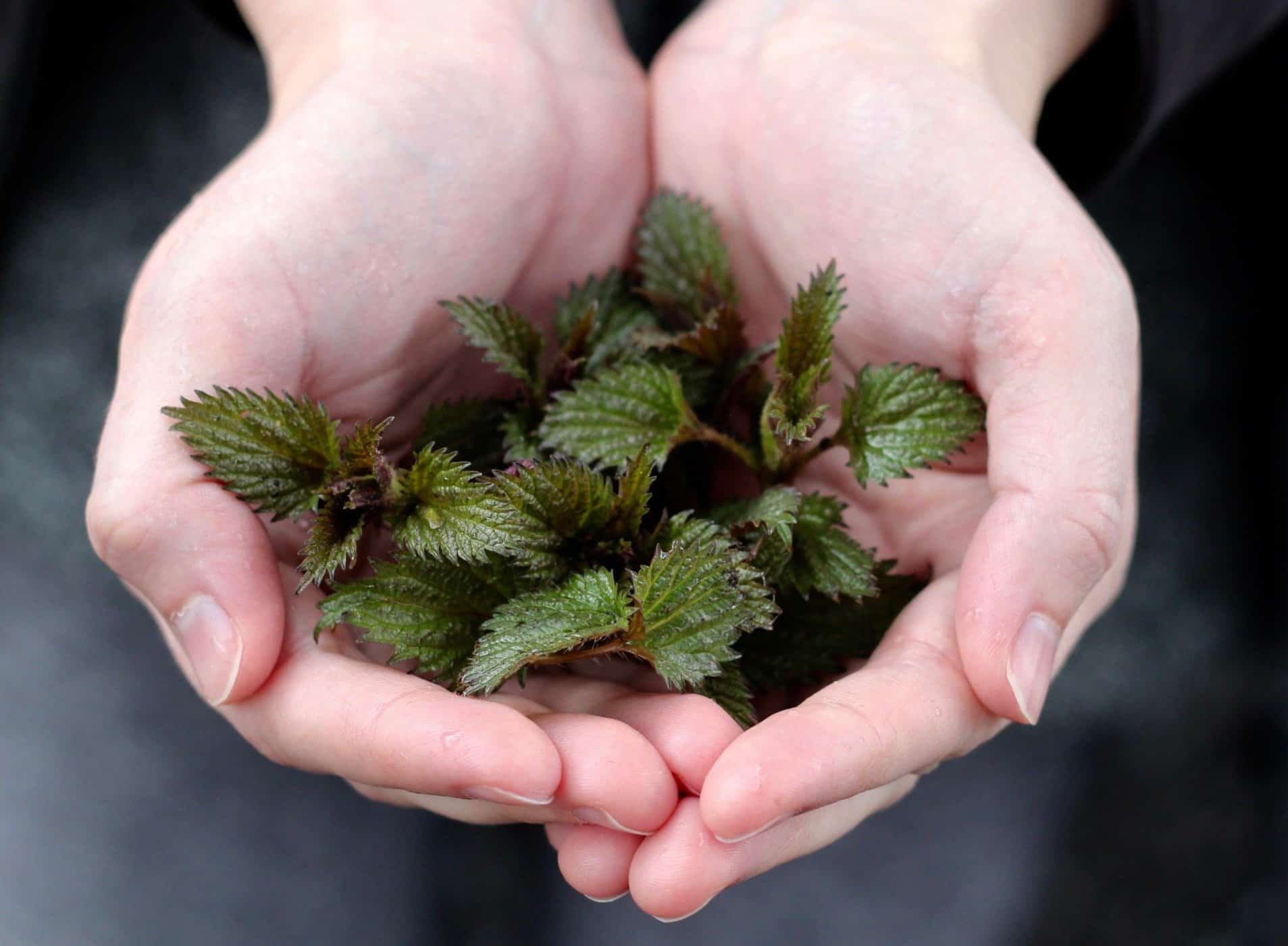
7. Talk to your plant friends
Talking to your plants is actually a pretty common practice among gardeners (not just those with witch gardens). Plants are living things, and although they don’t talk back to us in words, they are wise in their own way. If you want to talk to your plants, there is certainly nothing stopping you! Anything that helps you connect positively with nature is worth a try.
Try talking to your plants, or even just visiting and checking in with them. Pausing to look at an individual plant will help you observe how it grows and changes.
Check it out: the debate on plant consciousness
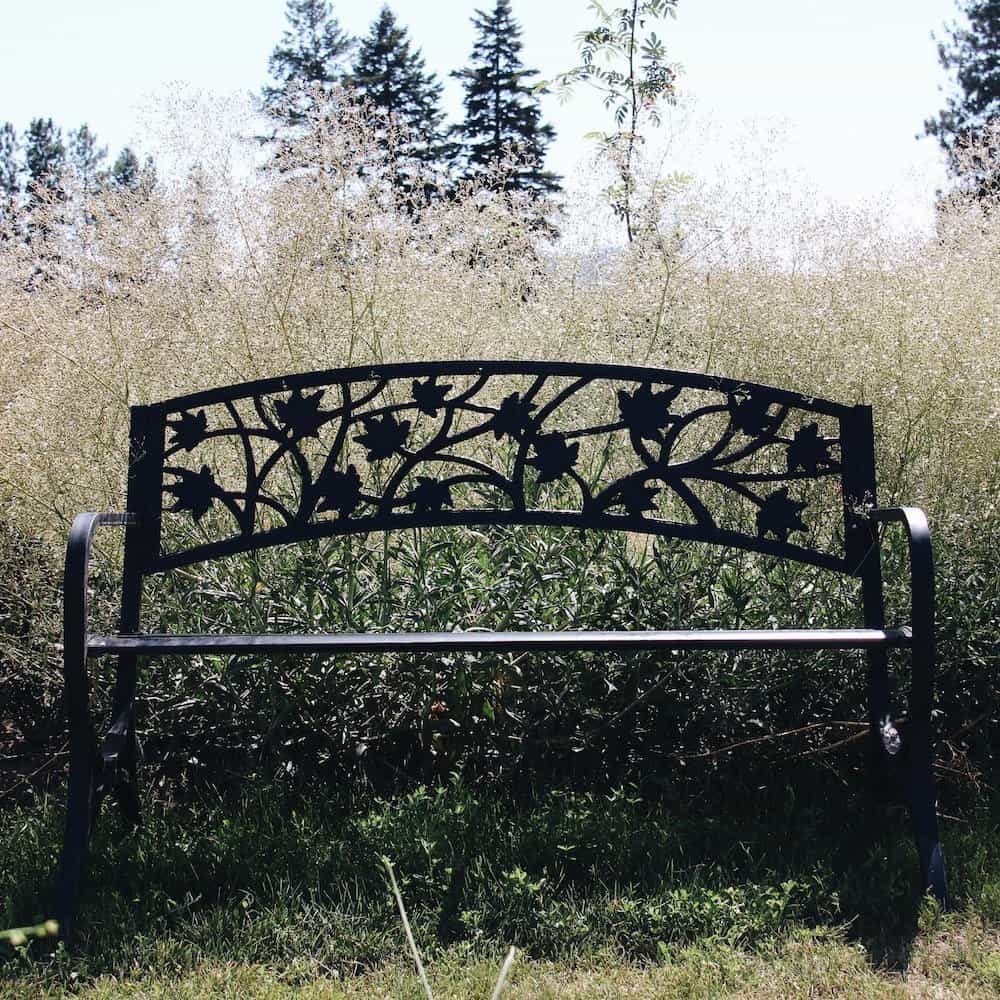
8. Create an altar or meditative area
An extra witchy feature to add to your garden is to create an altar or meditative area within nature. Creating your own wellness spot in your garden will make you feel incredibly blessed (and possibly very witchy).
There is nothing like Mother Nature’s sanctuary. Perhaps plant some of the witchy herbs you’ve chosen in immediate proximity to your altar. You can enhance the space with plant-based essential oils that speak to you.
Find a pretty stone to sit on while you meditate, or create a carpet of soft moss. Use tall screening plants around the area to form an outdoor “nest” of sorts. You can get fancy with water features and stone sculptures, or just let the space be as it is.
The little bit of landscaping work required to create your garden nest will be completely worth it. You’ll feel like you have your own natural spa! Soak in the pure air and hint of sparkle that arrives with it. There are more tips in this article about how to create a meditation garden.
9. Give back to the land
Once your witchy garden is established, give back to the land by replenishing it with nutrients, organic matter, water, and new plants. Add worm castings to your garden, make comfrey tea for your plants, and mulch with homemade compost. A witch garden will thrive with proper care and attention and will continue to provide you with a healthy dose of plant vibes.
Further Reading: Feed your garden with nourishing organic fertilizers
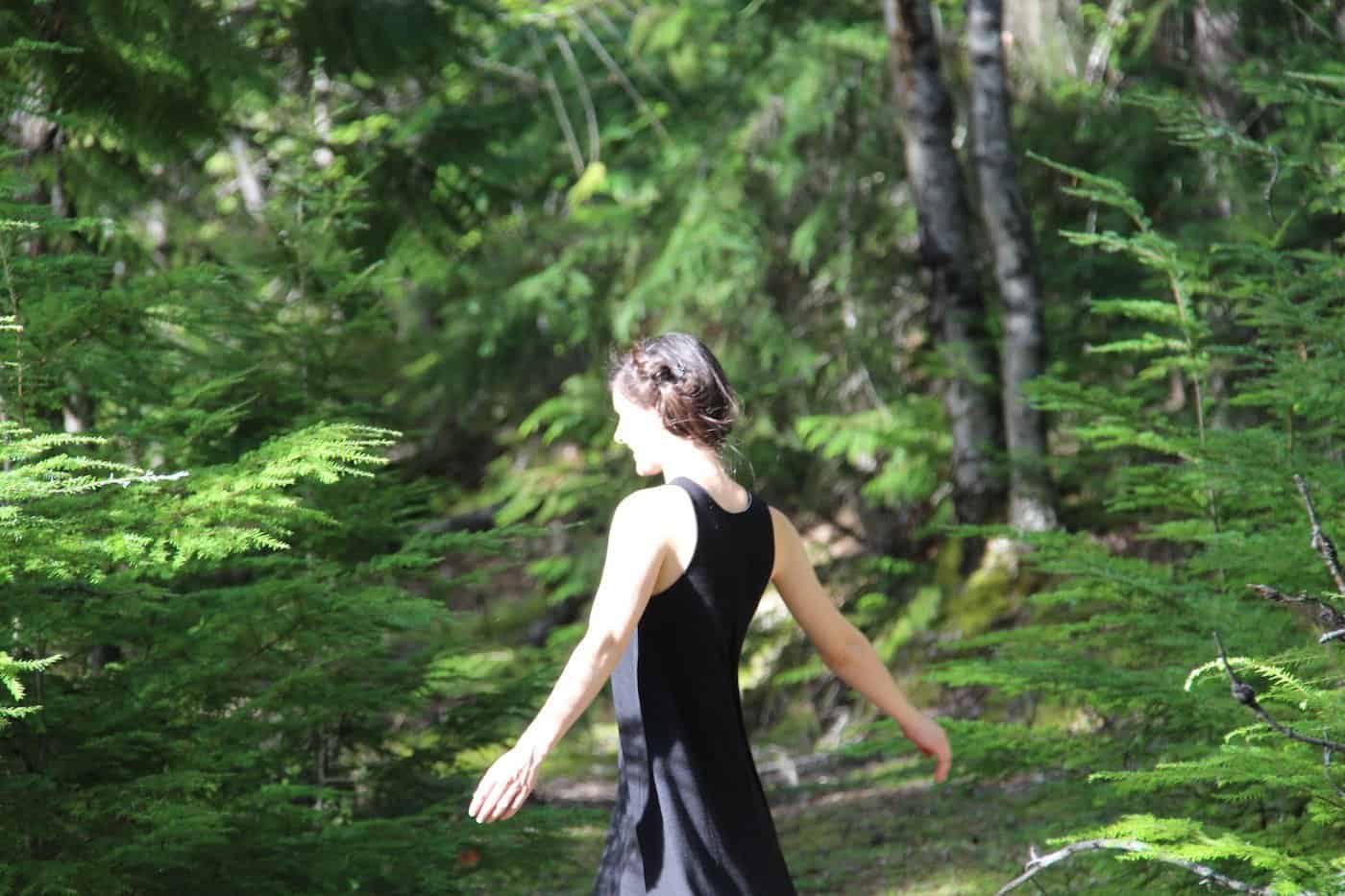
10. Establish a daily witch garden ritual
Witchy gardening doesn’t stop after your garden is planted. Visit your witch’s garden every day to observe and commune with your plants. A nature observation notebook can be a lovely support piece.
Make your garden ritual a special part of your daily ritual in which you can set aside day-to-day thoughts and focus on what matters to you most. Your daily witch garden ritual just might become your favorite part of your day :)
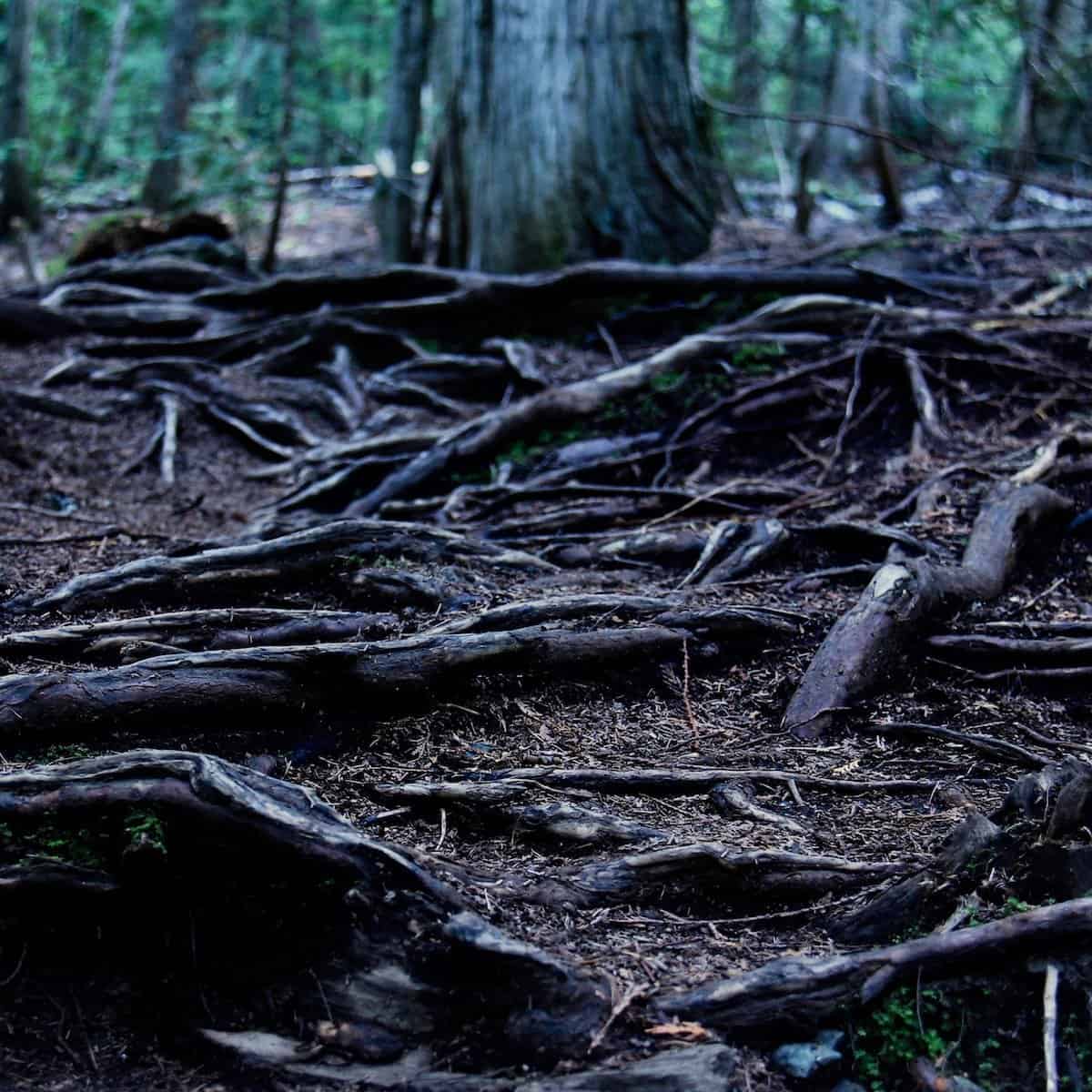
For more witchy garden ideas, follow my witch garden board on Pinterest. I’m also always adding to my Witchy Gardening Idea List. That’s where I save the books, gardening gear, and other lovelies.
